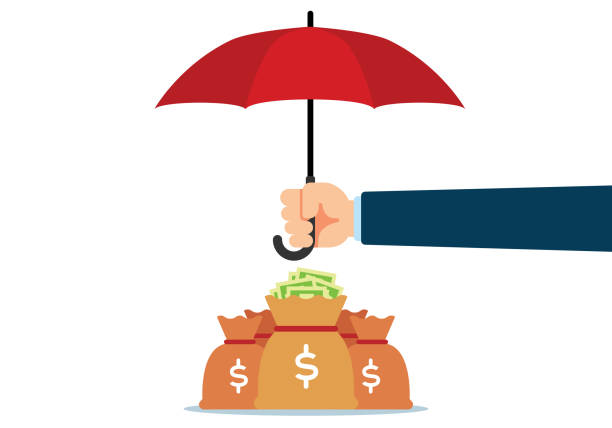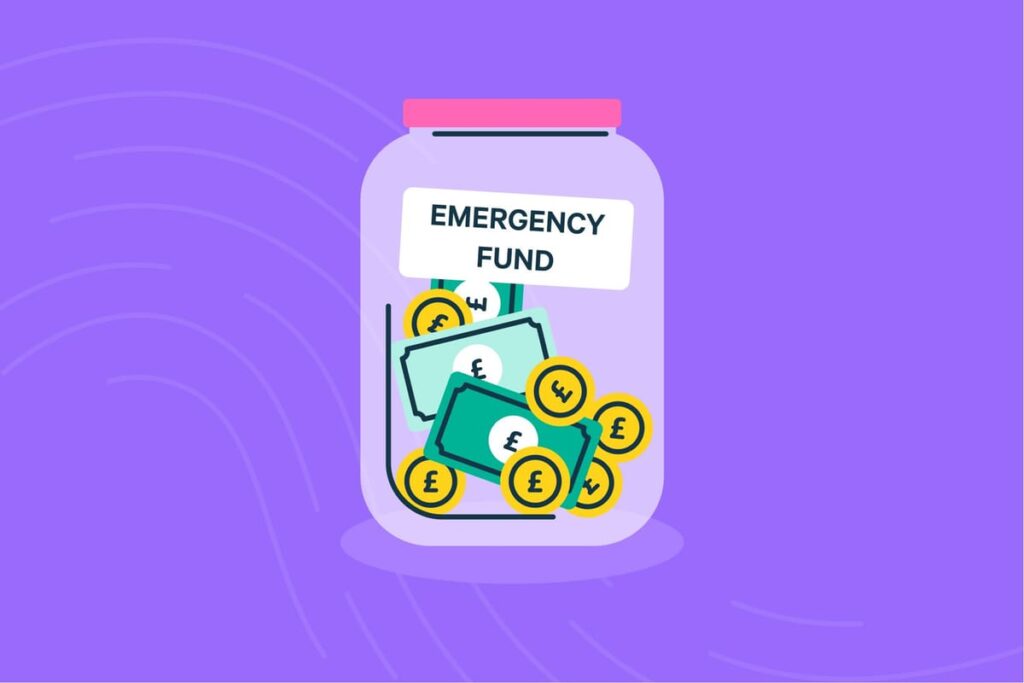Life has a way of throwing curveballs. A leaky roof, an unexpected medical bill, or, perhaps the most jarring of all, a sudden job loss. These events don’t send a calendar invite; they simply arrive, often at the worst possible time. For families, the difference between weathering these financial storms and being capsized by them often boils down to one simple, yet crucial, financial tool: the emergency fund.
An emergency fund is more than just a savings account. It’s your financial fortress, a dedicated liquid cash reserve designed to cover three to six months of essential living expenses. It’s the ultimate shock absorber that protects your primary financial goals—your investments, your retirement, and your long-term stability—from short-term crises. If you’ve ever wondered why financial experts universally champion this basic step, this comprehensive guide will explain the profound, multifaceted importance of this financial safety net and give you an actionable plan to build your own.
1. The Debt-Evasion Superpower
One of the most immediate and impactful benefits of an emergency fund is its ability to serve as a debt repellent. Without a cash cushion, most people are forced to turn to high-interest solutions when an unexpected expense hits:
- Credit Cards: Charging a $5,000 emergency car repair to a credit card with a 20% annual interest rate can turn that one-time expense into a long-term debt burden that costs thousands more than the original bill.
- Personal Loans or Title Loans: These quick-fix loans often come with predatory interest rates and unfavorable terms, trapping you in a cycle of high-cost borrowing that is notoriously difficult to escape.
- Tapping into Retirement: While a 401(k) or IRA may seem like an easy source of cash, early withdrawals often trigger severe tax penalties and fees. Worse, you lose the power of compound interest, kneecapping your long-term future for a short-term need.
By having an emergency fund, you immediately bypass these costly options. You pay the expense with your dedicated cash reserve, avoid all interest and penalties, and keep your long-term wealth goals intact. In essence, the fund acts as a zero-interest, zero-penalty loan to yourself, a deal you’ll never get from any bank or credit card company.
2. A Shield Against Income Shocks
While unforeseen expenses (spending shocks) are common, the most financially devastating emergency is often an income shock—losing a job or experiencing a significant drop in freelance or business income. The average job search can take several months, and bills don’t stop coming just because your paycheck does.
An adequate emergency fund, typically covering three to six months of essential living expenses, provides critical breathing room. It ensures you can continue to pay your mortgage, utilities, insurance, and grocery bills while dedicating your energy to finding a new job, retraining, or adjusting your business model.
Consider the alternative: without a fund, an income shock immediately translates into a crisis. You’re forced to accept the first job offer out of desperation, regardless of pay or career fit, simply because you need a paycheck now. With a fund, you have the financial runway to be selective, negotiate a better salary, and land a job that genuinely moves your career forward, not just a job to temporarily stop the bleeding.
3. The Cornerstone of Mental and Emotional Peace
The value of an emergency fund extends far beyond dollars and cents—it’s an investment in your mental health and peace of mind. Financial anxiety is a leading cause of stress and marital strain. Living paycheck-to-paycheck, knowing that a single appliance failure or minor fender-bender could derail your life, is an exhausting way to exist.
A cash reserve brings quiet confidence. When the doctor’s office calls with a surprise bill or the water heater suddenly breaks, you don’t panic. You don’t get into an argument with your partner about where to find the money. You simply move the money from your dedicated fund, handle the issue, and then focus on replenishing the fund later.
This psychological buffer allows you to focus on solving the actual problem (the medical issue, the job search, the repair) instead of the financial problem. That sense of security is priceless and a vital component of a resilient household.
4. Protecting Your Long-Term Goals
For many, saving is a multi-layered process. You may be saving for a house down payment, a child’s college education, or retirement. These are your big, future-defining goals. The emergency fund acts as a dedicated bodyguard for these accounts.
Without it, a $4,000 emergency might force you to liquidate investments, potentially locking in losses if the market is down, or raid your down payment savings, delaying your move into a new home by months or even years.
The rule is simple: the emergency fund absorbs all unexpected expenses, leaving your long-term savings and investment portfolios to grow undisturbed. By isolating your emergency money, you ensure that a short-term crisis doesn’t force you to compromise your future self.
Building Your Fortress: A 3-Step Action Plan
The concept of saving six months of expenses can feel overwhelming. The key is to break it down into manageable, strategic steps.
Step 1: Define Your Target and Start Small
First, you need a clear definition of what constitutes an emergency. It’s a sudden, necessary, and unexpected expense. It is not a vacation, a holiday gift, or a new TV.
Next, calculate your essential monthly expenses: rent/mortgage, minimum debt payments, utilities, insurance, and food. Exclude luxuries like dining out or high-end entertainment.
| Savings Goal | Target | Purpose |
| Mini-Fund | $1,000 – $2,000 | The absolute first goal. Covers small spending shocks like a car repair deductible or a minor medical co-pay. |
| Full Fund | 3 to 6 months of essential expenses | Covers major income shocks (job loss) or massive spending shocks (major roof repair, uninsured medical crisis). |
Focus on building the Mini-Fund first. Achieving this small, tangible goal builds momentum and confidence.
Step 2: Choose the Right ‘Home’ for Your Fund
The location of your fund is critical. It must be liquid (easily accessible) and safe (no risk of losing value). This means ruling out the stock market or volatile investments.
The best home is typically a High-Yield Savings Account (HYSA).
- Liquidity: The funds are usually available within a day or two.
- Safety: HYSAs are FDIC-insured (in the U.S.) up to $250,000, meaning your principal is safe.
- Growth: They offer a significantly higher interest rate than a standard checking or traditional savings account, allowing your money to grow slightly without risk.
Crucially, keep this account separate from your regular checking account. This makes it “out of sight, out of mind” and reduces the temptation to dip into it for non-emergencies.
Step 3: Automate and Prioritize
The most powerful strategy for building the fund is automation. Treat your savings contribution like any other non-negotiable monthly bill.
- Set up an automatic transfer from your paycheck or checking account to your HYSA on payday. Even $25 or $50 per week is a meaningful start.
- Look for ways to accelerate your savings: deposit your next tax refund, dedicate your next work bonus, or sell unused items.
- Replenish Immediately: The moment you use your emergency fund for a true emergency, your number one financial priority becomes filling it back up. Do not shift your focus until the fund is whole again.
Conclusion
An emergency fund is not a luxury; it is a fundamental pillar of a healthy household budget. It is the financial line of defense that keeps an unexpected inconvenience from spiraling into a devastating crisis. It saves you from debt, secures your future financial goals, and buys you the most valuable commodity of all: peace of mind.
No one can predict the future, but everyone can prepare for it. Start today by setting your mini-fund goal, automating your savings, and fortifying your financial life against whatever comes next.




